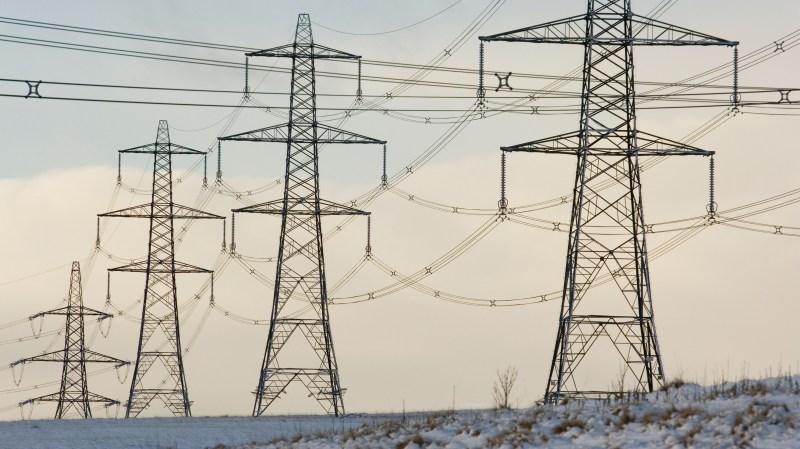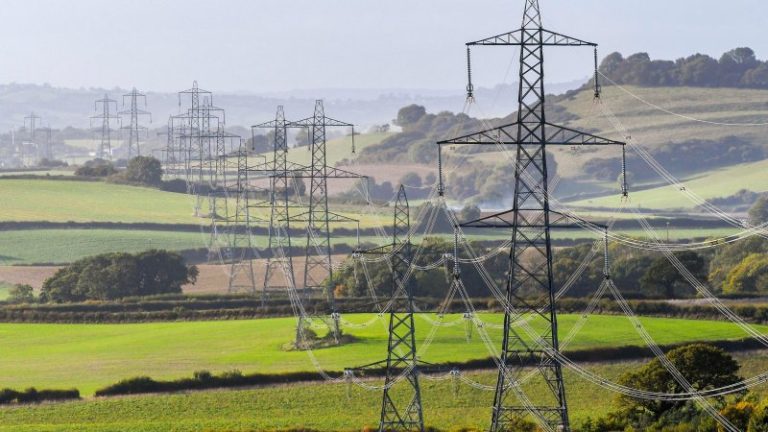Blackout risk lower this winter, says National Grid
The risk of blackouts in Britain will be lower this winter as new gas generation capacity and greater electricity imports from Europe should ensure a larger buffer against potential shortages.
Electricity supply margins are expected to increase to 9.4 per cent this winter, up from 7.4 per cent last year, under the “base case” scenario of National Grid’s Electricity System Operator, the company responsible for keeping the lights on.
Increased capacity from interconnectors, which import energy from Europe, alongside new gas generation, the growth in battery storage and more grid connections are expected to improve the supply balance year-on-year.
The buffer, which is a measure of available excess generation and the reserves held by the ESO above the electricity needed to meet demand, is the largest since the winter of 2020 and is higher than a margin of 6.6 per cent in 2022, when Europe was plunged into an energy crisis after the outbreak of the Ukraine war. Russia’s curtailment of gas supplies to Europe after it invaded its neighbour upended the European energy system, making the region much more reliant on supplies of liquefied natural gas from elsewhere in the world.
The forecast provides more breathing room for Britain as the energy crisis eases. Average household bills are expected to fall to their lowest level in more than two years from July.
In an early winter outlook report, the ESO said that the average demand during peak cold spells was expected to be 59.8 gigawatts, down from 60.3GW in last year’s report. Kayte O’Neill, its chief operating officer, said margins were expected to be “sufficient” throughout this winter, but she still warned of risks within energy markets.
“Global energy markets are showing signs of stability, but uncertainties remain and therefore, as a prudent system operator, we remain vigilant, continuing to monitor potential risks and working closely with our partners to establish any actions necessary to build resilience,” she said.
Peak demand last winter was lower than had been expected because of milder weather conditions. No customers had been left without electricity owing to unavailable supply on the national transmission network, the grid operator said.
The cost to billpayers of balancing supply and demand on the grid also fell by 40 per cent, helped by the decline in wholesale energy prices and efforts to rebalance the system. In the winter of 2022, National Grid introduced its novel “demand flexibility service”, which paid almost £11 million to about 1.6 million households and businesses that cut their electricity usage at peak times.
Jess Ralston, head of energy at the Energy & Climate Intelligence Unit, a think tank, said: “Some more wiggle room in electricity supply this winter proves that the UK’s net zero transition is delivering reliable power, increasingly from renewable sources like offshore wind. We’re expecting to see the last bit of coal generation ahead of the winter as the last plant shuts. ”
However, the “fly in the ointment” would be more volatility in wholesale gas prices, she added.






